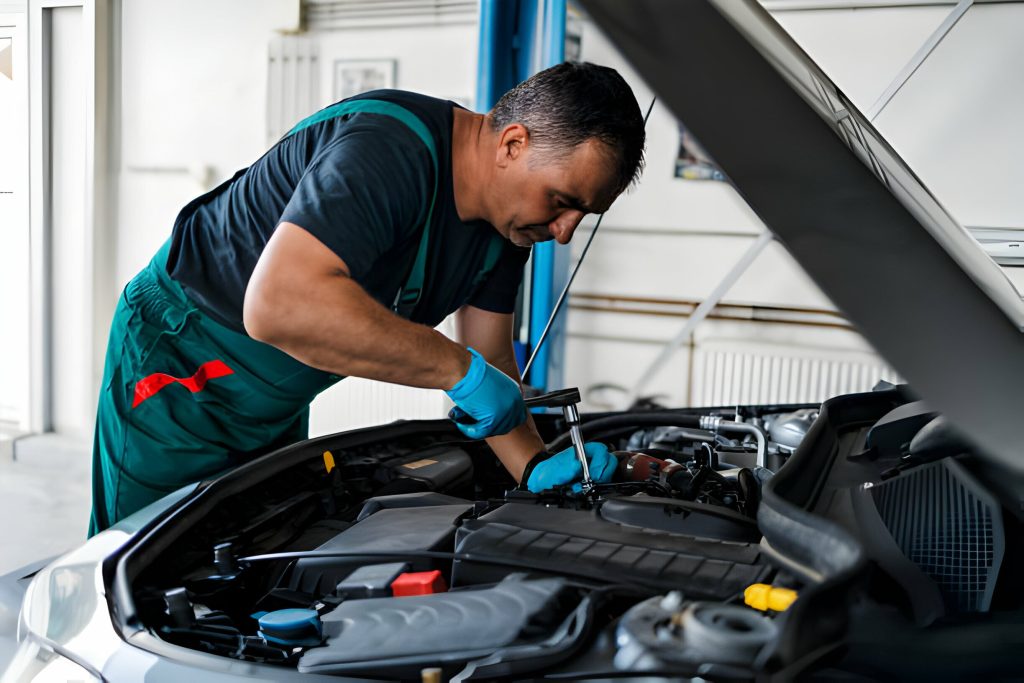In the world of automotive care, misinformation is as common as the vehicles themselves. Car repair and maintenance are rife with myths and misconceptions that can lead to unnecessary expenses and improper care of your vehicle. This blog aims to debunk some of the most prevalent myths about car repair, providing clarity and truth to car owners. Understanding these myths is crucial to making informed decisions about car maintenance and repairs.
Myth 1: Premium Fuel Boosts Performance in All Cars
One of the most enduring car repair misconceptions is that premium fuel always boosts a car’s performance. This myth stems from a misunderstanding of what premium fuel actually offers.
Premium petrol has a higher octane rating, which prevents engine knocking in high-performance engines designed for higher octane fuel. However, for most regular vehicles, using premium fuel offers no performance benefit.
Modern engines are designed to operate efficiently on regular unleaded petrol. Using premium fuel in a car not designed for it doesn’t improve mileage or performance; rather, it only serves to increase fuel costs without any tangible benefits.
Myth 2: Engine Oil Should Be Changed Every 3,000 Miles
One of the most frequent car maintenance myths that you must have heard is that the engine oil should be changed every 3,000 miles. This guideline was relevant decades ago but doesn’t hold true with modern lubricants and engine technology.
Most contemporary vehicles, thanks to advancements in oil quality and engine design, can go 5,000 to 10,000 miles between oil changes. The best practice is to follow the manufacturer’s recommendation for oil change intervals, as found in the vehicle’s manual.
Adhering to this guideline not only ensures the proper functioning of your car but also avoids the unnecessary expense and environmental impact of more frequent oil changes.
Myth 3: You Must Service Your Car at the Dealership to Maintain the Warranty
Many car owners believe that they must have their car serviced at the dealership to maintain their warranty. This is a common car repair myth.
In reality, as long as the service is performed according to the manufacturer’s recommended schedule and standards, it can be done at any certified auto repair shop. The key is to keep records of all maintenance and repairs.
The Magnuson-Moss Warranty Act protects your right to have your car serviced by any qualified independent service station without voiding your warranty. However, if a repair is covered under the warranty, it would need to be performed at the dealership.
Myth 4: If Your Car is Running Fine, You Don’t Need Maintenance
Another prevalent myth about car repair is the belief that if a car is running fine, it doesn’t need maintenance. This misconception can lead to significant long-term damage.
Regular maintenance, such as oil changes, tire rotations, brake checks, and other routine inspections, are crucial for the longevity and performance of your vehicle. Neglecting these maintenance tasks can result in more significant, costly repairs down the line.
Regular maintenance not only keeps your car running smoothly but also helps identify potential issues before they become major problems.
Conclusion
Dispelling these myths about car smash repairs and maintenance is essential for any car owner. Understanding the truth behind these misconceptions empowers you to make informed decisions, save money, and maintain your vehicle effectively. Always refer to your vehicle’s manual for the best maintenance practices, and don’t hesitate to consult with a trusted mechanic.

